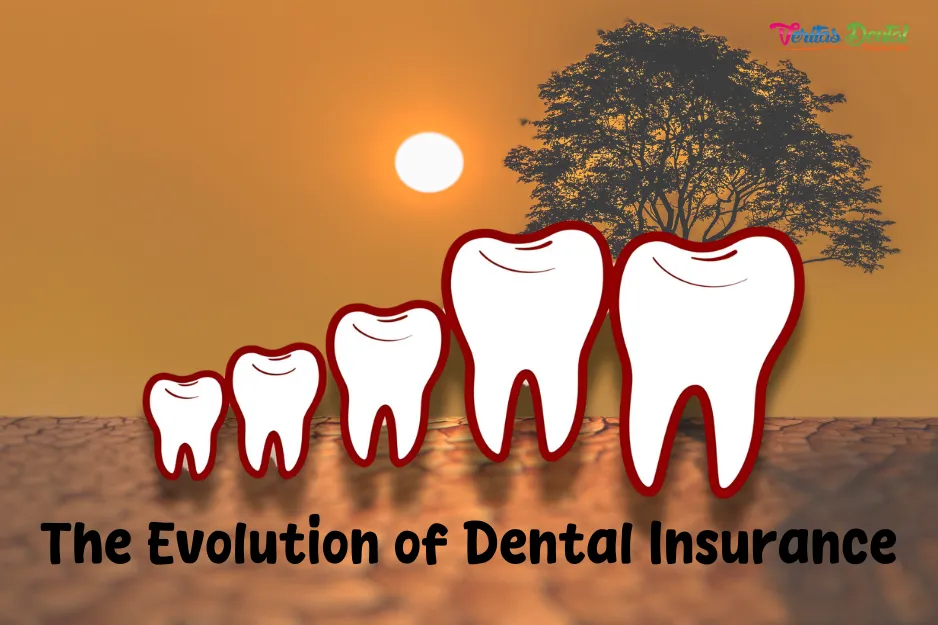
The Evolution of Dental Insurance: A Look at Its History and Modern Landscape
Dentists today work in a vastly different insurance landscape than their predecessors. Dental insurance, once a niche benefit, has grown into an essential part of healthcare coverage for millions of Americans. Understanding how it started and where it stands today can provide valuable insight into the profession's past and future.
The Beginnings of Dental Insurance
The roots of dental insurance in the United States trace back to the 1950s and 1960s. Unlike medical insurance, which had been around for decades, dental coverage was a relatively new concept. Initially, dental care was considered an out-of-pocket expense, with patients paying directly for services rendered. However, as oral health gained recognition as a critical component of overall well-being, the demand for structured payment systems increased.
In 1954, the first official dental insurance plan was introduced by the International Longshoremen’s and Warehousemen’s Union and the Pacific Maritime Association. This plan was designed to help union members access affordable dental care and set the stage for broader coverage models. Over time, other organizations and employer groups began adopting similar plans, leading to the formalization of dental insurance as an industry.
The Expansion of Coverage in the 1970s and 1980s
During the 1970s and 1980s, dental insurance became more mainstream, particularly as large insurance companies and employers recognized the benefits of offering dental plans. The rise of Delta Dental, which began as a collection of nonprofit dental service corporations, played a pivotal role in expanding coverage. Delta Dental's mission was to increase access to dental care by working with employers to create group plans that made services more affordable.
By the 1980s, employer-sponsored dental insurance was common, and plan designs evolved to include preventive, basic, and major services. Coverage models typically followed the 100-80-50 rule, meaning preventive care was fully covered, basic services were reimbursed at 80%, and major services were covered at 50%. Deductibles and annual maximums became standard features, shaping how dental insurance was structured for decades to come.
The Shift in the 1990s and Early 2000s
As the healthcare industry grew more complex in the 1990s and early 2000s, dental insurance underwent further changes. Managed care models, such as Dental Health Maintenance Organizations (DHMOs), began to emerge as an alternative to traditional fee-for-service plans. These plans offered lower premiums but often came with a limited provider network and required referrals for specialist care.
At the same time, the rise of Preferred Provider Organizations (PPOs) allowed greater flexibility, enabling patients to choose in-network or out-of-network dentists while still receiving partial coverage. This flexibility contributed to PPOs becoming the dominant dental insurance model in the U.S.
Dental Insurance Today
Today’s dental insurance landscape is more diverse than ever, with various plan types available to patients. While traditional employer-sponsored insurance remains the primary method of coverage, individual and family plans have become more prevalent, especially with the rise of the Affordable Care Act (ACA). Additionally, dental discount plans and membership-based direct primary care models have provided alternative ways for patients to afford dental care.
One of the most significant changes in recent years has been the increasing emphasis on preventive care. Insurance companies now prioritize coverage for regular check-ups, cleanings, and fluoride treatments, recognizing that preventive care helps reduce long-term costs by preventing more severe dental issues. Some plans even incentivize good oral health behaviors by rolling over unused benefits or offering enhanced coverage for regular dental visits.
Technology has also transformed the dental insurance industry. Digital claims processing, electronic patient records, and teledentistry have improved efficiency and access to care. Patients can now verify benefits, schedule appointments, and even consult with dentists remotely, making dental care more accessible than ever before.
The Future of Dental Insurance
As the dental industry continues to evolve, insurance plans will likely adapt to changing patient needs and economic conditions. Potential trends include:
Expanded Coverage for Comprehensive Care: More insurance providers may integrate dental, medical, and vision coverage to offer holistic health solutions.
Value-Based Care Models: Insurance companies may shift toward outcome-based reimbursements, rewarding providers for effective preventive care rather than the volume of services performed.
Greater Use of Artificial Intelligence: AI-driven claims processing and diagnostic support may enhance efficiency and accuracy in dental insurance.
Customized Plans for Diverse Populations: Insurers may create more tailored plans to meet the needs of aging populations, children, and individuals with special healthcare needs.
Conclusion
From its origins as a niche benefit for union workers to its widespread adoption in employer-sponsored plans, dental insurance has come a long way. While today’s plans offer more coverage options and technological advancements than ever before, challenges remain in ensuring affordability, access, and comprehensive care for all patients. As dental professionals, staying informed about industry trends and insurance changes is essential for navigating the evolving landscape and providing quality care to patients.
Benjamin Tuinei
Founder - Veritas Dental Resources, LLC
Phone: 888-808-4513
Services:
PPO Fee Negotiators | PPO Fee Negotiating | Insurance Fee Negotiating
Insurance Credentialing | Insurance Verifications
Websites:
www.VeritasDentalResources.com | www.VerusDental.com

